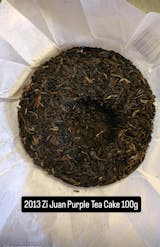2013 Zi Juan Purple Tea Cake 100g
2013 Zi Juan Purple Tea Cake 100g
Couldn't load pickup availability
This tea cake is made from tea leaves of the purple Zi Juan cultivar and is processed like a raw pu erh tea.
Ever since the fifties, several farmers reported to have seen tea trees with purple tea leaves. In the year 1985, scientists confirmed the existence of these trees in the wild forests of Yunnan. They named this variety 'Zi Juan' (紫鹃), which literally means 'Purple Beauty'.
Zi Juan tea contains 30-100 more Anthocyanin, which is a healthy polyphenol, compared to other tea varieties.
Origin
Origin
- Year: 2013
- Season: Spring
- Origin: Yunnan
- Leaf grade: natural tea gardens
- Varietal (cultivar): Zi Juan purple tea
- Batch: 1
- Compression: medium
- Type: raw (sheng)
- Series/recipe: Purple Zi Juan
- Shape: pu erh tea cake
- Weight: 100g
How to Steep
How to Steep
How to make Purple Zi Juan tea?
There are two methods to prepare this pu erh tea cake:
Gongfu brewing
Brew 8 gram with 120 ml of water at 100 °C. Steep for 15 seconds and add 5 seconds for each infusion.
Western brewing
Steep 4 gram with 350 ml of water at 100 °C. Apply a brewing time of 2-3 minutes and add 1 minutes for each subsequent infusion.
Shipping, Returns & Payment Methods
Shipping, Returns & Payment Methods
Delivery time: 1-10 day EU delivery. For estimates per country, please visit the shipping info page at the bottom of our website.
Import taxes?: because we ship from our EU warehouse, you will NOT be charged import taxes upon delivery if you're based in the EU. All taxes are already included in our prices.
Free shipping: available for orders over €59 for The Netherlands/Belgium, €80 for other EU countries (excluding Portugal & Hungary) & UK, and over €100 for other countries.
Returns: orders can be returned for a refund within 30 days. Products should returned in unopened, unused condition.
Share
How this raw pu erh tea is made
-
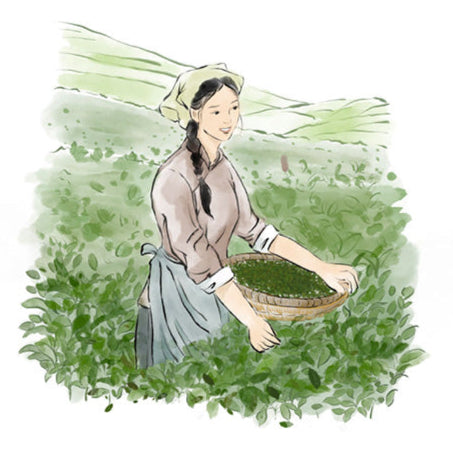
Picking
Tea leaves are hand-picked in the morning.
-
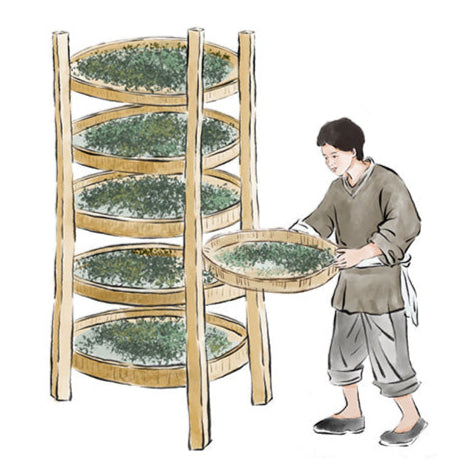
Withering
The leaves are spread on bamboo trays to wither.
-
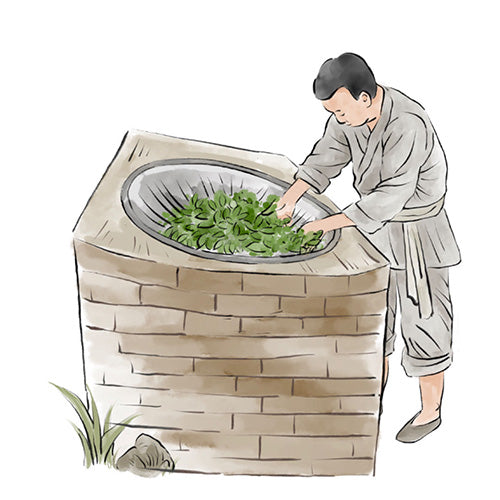
Fixation
The withered leaves are heated to halt oxidation.
-
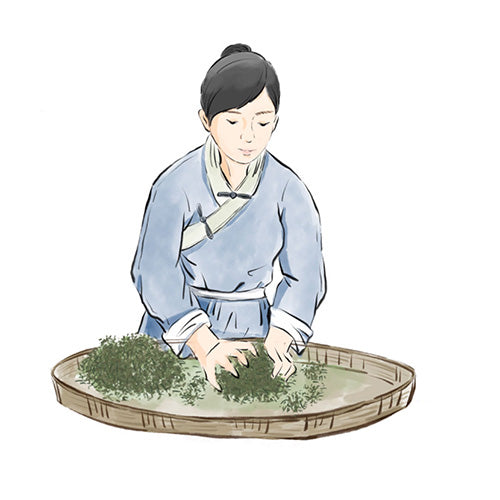
Rolling
The tea leaves are rolled to release their aroma.
-
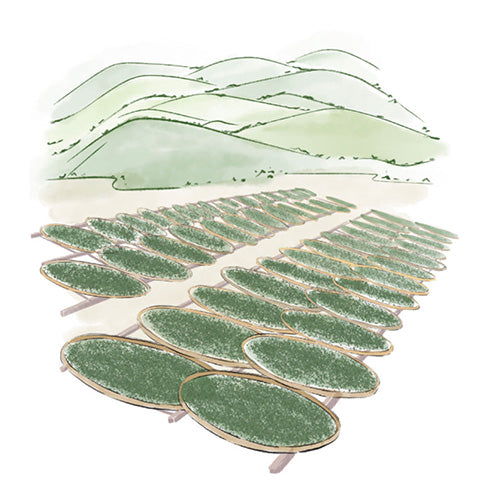
Sun Drying
Rolled leaves are spread on bamboo mats to sun-dry.
-
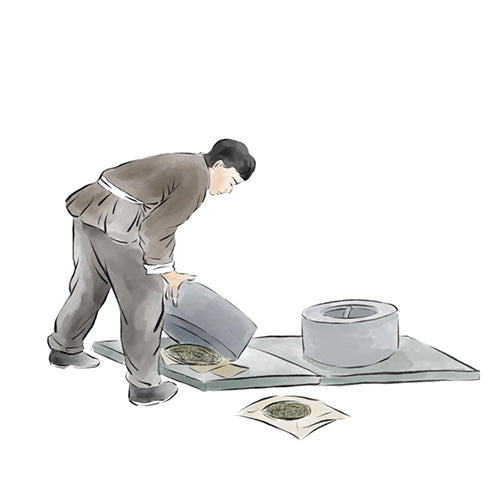
Pressing
The processed tea leaves are steamed & compressed.
-
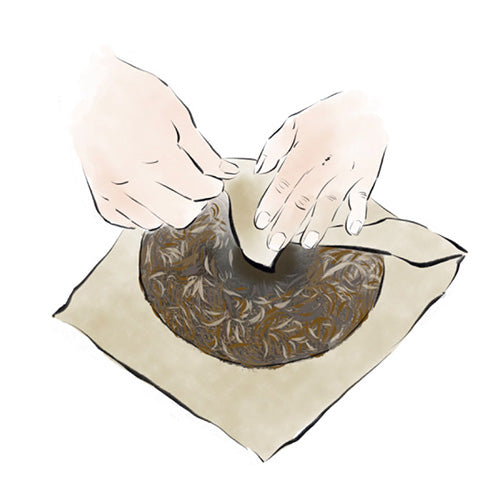
Packaging
The compressed tea is wrapped in paper & packed in boxes.
-
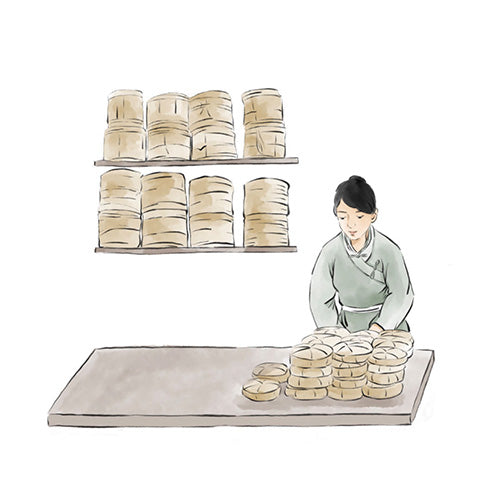
Aging
The raw pu erh tea is stored for further aging.
A bit crumbly, but I think that's because it's from 2013. The cake is not packed too tight, you can break off a piece easily. Nice citrus fruitiness is what I get and the color of the leaves is pretty. Overall I would recommend it.
Superb quality Purple Pu Erh.
Thank you for your review, we're glad you liked it!
Brewing: 6g/100ml, 100°C, flash rinse, 15s, +5s.
Warmed-up dry leaves smell of flowers, grass and plums, but these are all dark notes, not bright ones - think of a dry cloudy day in an orchard, in autumn. Wet leaves bring the flowers up front.
The liquor tastes of lemon balm, eggplant skin and medicinal plants. Not much complexity and depth, even after acclimating the tea for a couple of weeks in a cardboard box, like I usually do with shengs. It has an unusual taste profile, which is a plus, but it does not reward careful exploration.














